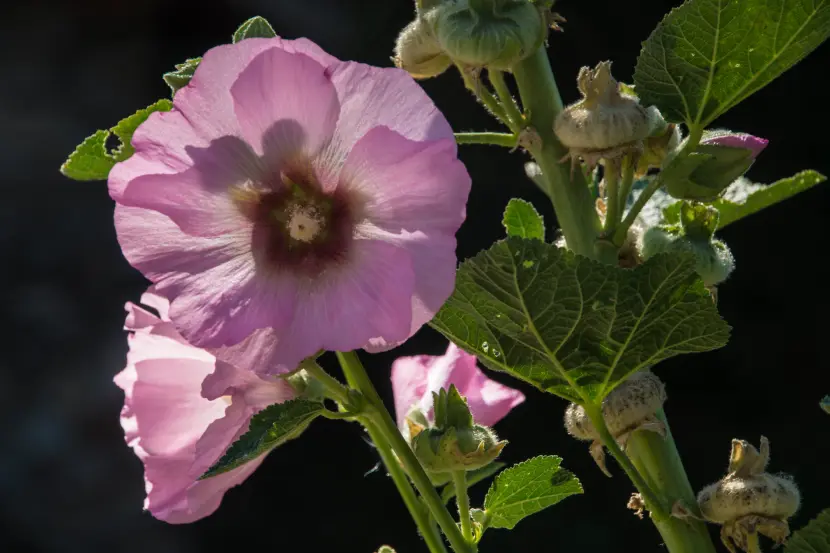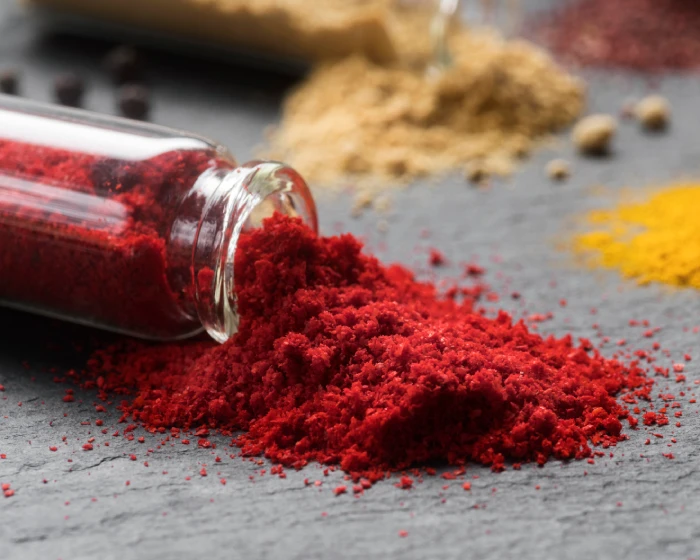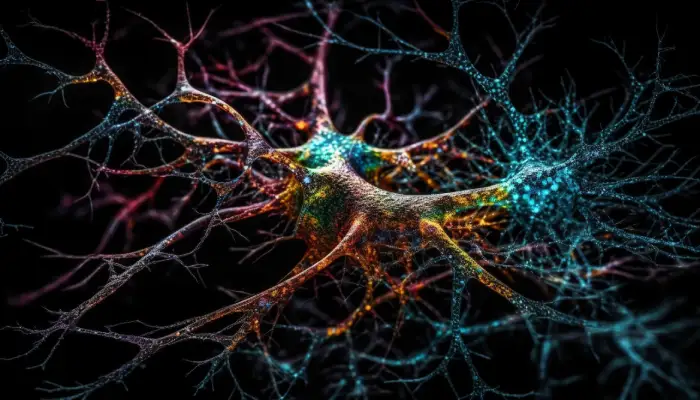Exploring the Bioactive Components and Therapeutic Potential of Houttuynia Cordata
Houttuynia cordata Thunb., a plant deeply rooted in East Asian traditional medicine, has long been revered for its anti-inflammatory, anti-cancer, and hepatoprotective properties. However, its potential in managing thyroid disorders and diabetes has remained largely unexplored. This study delves into the bioactive components of H. cordata ethanolic extract (HCEE) and evaluates its efficacy in addressing hypothyroidism and diabetes in animal models. By combining molecular docking techniques with biochemical analyses, the research sheds light on the mechanisms through which HCEE modulates thyroid function and offers a promising natural alternative to synthetic medications.
Study Design and Methodology
The research focused on two primary conditions: hypothyroidism and diabetes. Hypothyroidism was induced in rats by administering 6-propyl-2-thiouracil in their drinking water for four weeks, while diabetes was induced via intraperitoneal injection of streptozotocin. The rats were then divided into groups and treated with HCEE (500 mg/kg body weight), levothyroxine (50 mg/kg body weight), or glibenclamide (5 mg/kg body weight) for 28 days. Biochemical parameters, including serum levels of T3, T4, and TSH, were measured to assess the therapeutic effects of HCEE.
Key Findings
1. Hypothyroidism Management: HCEE demonstrated significant efficacy in alleviating hypothyroidism. It increased serum T3 levels by 14.38% and T4 levels by 125.96%, while reducing TSH levels by 41.75% (p < 0.01). These results suggest that HCEE can effectively restore thyroid hormone balance.
2. Diabetes with Hypothyroidism: In diabetic rats with induced hypothyroidism, HCEE showed even more pronounced effects, increasing T3 levels by 149.51% and T4 levels by 73.54%, while reducing TSH levels by 64.39% (p < 0.001). This indicates that HCEE may have synergistic benefits for individuals managing both conditions.
3. Molecular Mechanisms: Molecular docking analysis revealed that bioactive compounds in HCEE interact with the thyroid hormone receptor protein TRβ1 (PDB:3GWS), mimicking the action of conventional thyroid medications like levothyroxine and triiodothyronine (T3). This suggests that HCEE could function as a natural thyroid hormone regulator.
Implications and Future Directions
The findings highlight HCEE as a promising natural alternative for managing thyroid dysfunction and diabetes. Its ability to modulate thyroid hormone levels and interact with key molecular pathways underscores its therapeutic potential. However, further research is needed to isolate and identify the specific bioactive compounds responsible for these effects, as well as to evaluate their safety and efficacy in human clinical trials.
Commentary by SuppBase Columnist Alice Winters

Houttuynia cordata Thunb. has long been a staple in traditional medicine, but this study elevates its status by providing scientific evidence of its efficacy in managing thyroid disorders and diabetes. The results are compelling, particularly the significant improvements in thyroid hormone levels and the molecular docking insights that suggest HCEE mimics the action of synthetic thyroid medications.
However, while the findings are promising, several caveats must be considered. First, the study was conducted on animal models, and the results may not directly translate to humans. Second, the long-term safety and potential side effects of HCEE remain unknown. Third, the specific bioactive compounds responsible for the observed effects have yet to be identified, which is crucial for standardizing dosages and ensuring consistent therapeutic outcomes.
From a market perspective, HCEE could appeal to consumers seeking natural alternatives to synthetic medications. Its dual benefits for thyroid and diabetes management make it particularly attractive for individuals with comorbid conditions. However, brands must prioritize transparency, providing clear information about the extract’s composition, sourcing, and potential interactions with other medications.
In conclusion, this study opens exciting avenues for further research and product development. Houttuynia cordata has the potential to revolutionize the supplement industry, but its journey from traditional remedy to mainstream health product will require rigorous scientific validation and consumer education. As always, consumers should consult healthcare professionals before incorporating new supplements into their regimens, especially when managing chronic conditions like hypothyroidism and diabetes.



